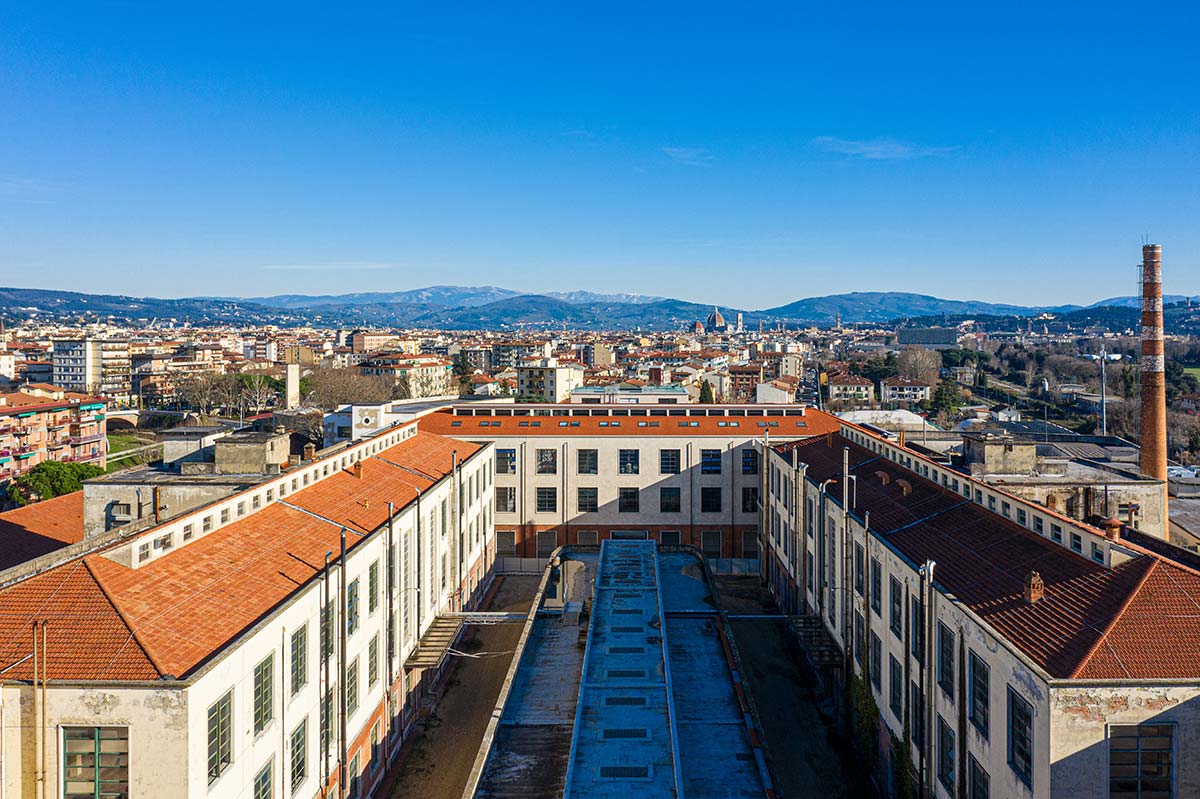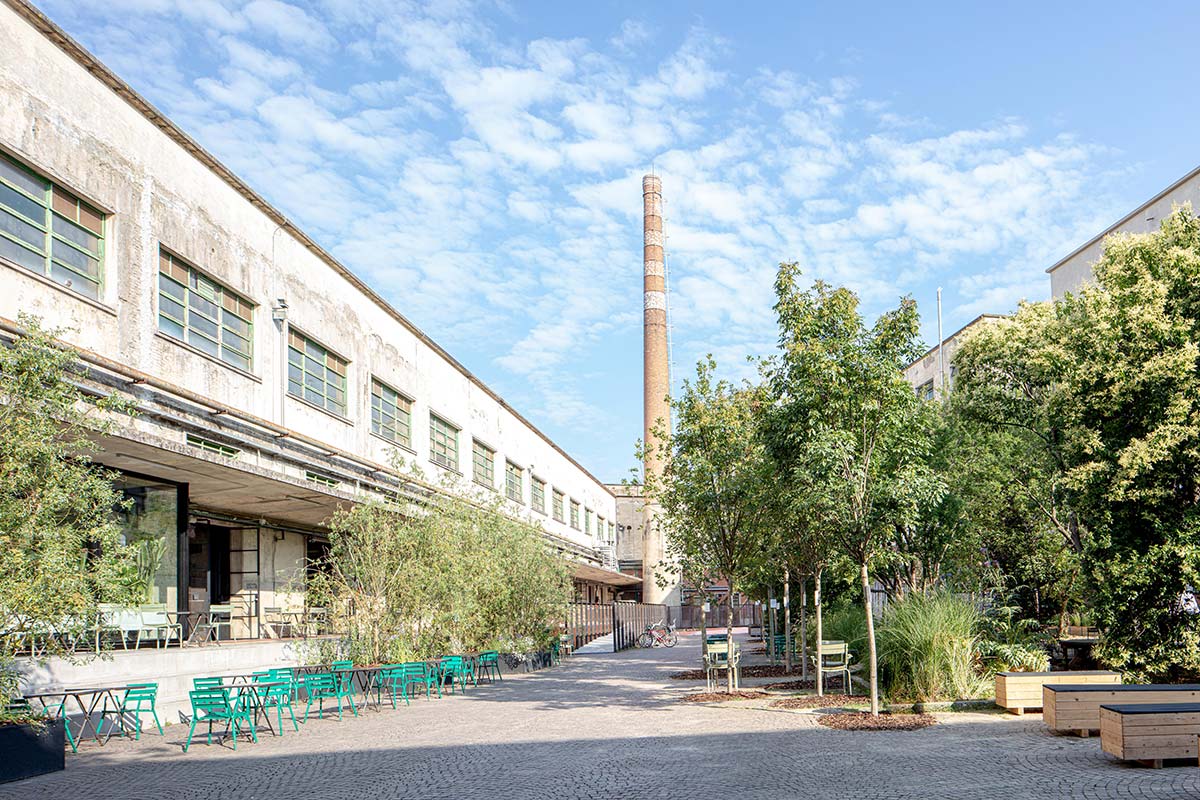With a degree in Business Economics from Bocconi University in Milan, and extensive experience in Italy and the UK, since 2016 Giovanni Manfredi has been the CEO of the independent English Aermont Group, specializing in real estate. In a joint venture with Cassa Depositi e Prestiti, Aermont has gained ownership of the Nervi-designed former Manifattura Tabacchi di Firenze inside Parco delle Cascine, giving rise to one of the largest urban regeneration projects currently in progress on a European level, thanks to new offices and co-working spaces, shops, ateliers and creative areas for experimentation and artistic production, such as NAM – Not a Museum, the contemporary art platform of Manifattura.

Why would a major international group like Aermont decide to invest in Manifattura Tabacchi?
Manifattura Tabacchi is located in Florence, a city that is a magnet with international range that has never weakened over time, bringing a presence that far surpasses the number of actual inhabitants. In our view, this is a city that has yet to fully reveal its extraordinary potential. Until today, in fact, the focus has been on the historical center and its glorious Renaissance past, which it a hard act to follow. A city like Florence thus has trouble being irreverent, spontaneous, contemporary, experimental, and it is reluctant to ‘make mistakes,’ in a certain sense. But a second important local vocation exists, which is fundamental for us. Given the fact that we are a “Manifattura,” a factory, we want to enhance and update the great Tuscan tradition of know-how in a contemporary way, a tradition that has roots in the Florentine workshops of the Renaissance and in the figure of the artist-artisan. Fashion designers from around the world come here to product, especially in the luxury sector based on fine workmanship, and it is precisely this tradition that we want to revive and update, together with our ‘makers.’
What is the added value of the Cascine area, still partially in need of revitalization?
The location is crucial. If we forget about administrative boundaries, we realize that all the contemporary urban expansion of Florence has happened in the direction of Prato-Pistoia, namely the plain of concentration of manufacturing. The Cascine area is central with respect to this growth, a sort of hinge between prevalently residential zones and the productive fabric. Today, unfortunately, this continuity is interrupted by the presence of the rail line, but the future mobility envisioned for the city, with trams and sustainable transport, will remove this barrier. It is therefore possible to rethink the Cascine, and the Manifattura in particular, as a new urban and cultural center with a forcefully contemporary identity, complementary to that of the historical center. We share this vision with the municipal administration.

The master plan calls for the creation of a system of internal piazzas. What will be the impact on public space?
Manifattura is effectively a piece of the city inserted along the northern border of Parco delle Cascine, a true urban neighborhood. Given its previous productive role, today the area is surrounded by a wall, which we intend to destroy, also in symbolic terms. The fact that we are a joint venture with CDP, and hence with the Italian Government, is also a driver in our choice to restore shared areas to the community, where the buildings will have their own addresses, in order to develop a greater sense of belonging. Manifattura will always be open, across the span of the day.
Has the pandemic had any influence on the way of designing things, on the level of timing but also on the level of meaning?
One of the most immediate effects of the pandemic has undoubtedly been to make the work more difficult and complex, though in our case this has been more of a slowdown of timing, rather than an actual delay. It is clear that the epochal change caused by Covid-19 has also prompted us to rethink the phases and the order of development of the master plan, for example putting the accent on residential functions rather than hôtellerie. In some ways, however, the pandemic has been what economists call a positive externality: a change of perspective that has prompted us to observe the local community with greater interest with respect to the international dimension. In this sense, while it is true that one of the key pivots of the Manifattura project has been environmental sustainability, from the outset, today this sustainability has taken on a more social interpretation, which is becoming increasingly significant.
Text by Elena Franzoia














